The intersection of biotechnology and art has reached a fascinating new frontier with the emergence of genetically edited plants that grow into functional musical instruments. This groundbreaking fusion of science and creativity is challenging our perceptions of both nature and human ingenuity. Artists and scientists collaborating in this field are pushing boundaries to create living sculptures that not only produce sound but also evolve over time.
At the heart of this innovation lies CRISPR technology, which allows precise editing of plant genomes to control their growth patterns. Researchers have successfully manipulated vine plants to grow in predetermined shapes, forming natural violins, flutes, and even harp-like structures. The plants' cellular growth is directed to create hollow chambers, vibrating surfaces, and other acoustic features essential for musical instruments.
The process begins with extensive computational modeling to determine how plant cells might develop into specific instrument shapes. Scientists then identify and edit genes responsible for growth direction, cellulose density, and structural integrity. What makes these biological instruments truly remarkable is their ability to continue growing and changing even after reaching their "final" form, resulting in instruments whose tonal qualities evolve throughout their lifespan.
One pioneering project, called "Photosynthetic Symphonies," features a series of living cellos grown from modified ivy. The instruments require special care - regular watering, controlled sunlight exposure, and occasional pruning to maintain their playability. Musicians who have performed with these living cellos describe the experience as profoundly different from traditional instruments, with tones that subtly change with the plant's daily cycles and seasons.
The ethical implications of this technology have sparked intense debate within both scientific and artistic communities. While some view it as an exciting new medium for creative expression, others question the morality of manipulating living organisms for aesthetic purposes. Proponents argue that these plants are treated with utmost care and respect, often outliving their conventional wooden counterparts when properly maintained.
From a technical perspective, the challenge of creating playable instruments from living plants cannot be overstated. Plant cells must be guided to grow with varying thicknesses - thicker for structural support in some areas, thinner for optimal vibration in others. Researchers have developed innovative techniques using light patterns and nutrient distribution to achieve these precise growth variations without harming the plants.
The sound quality of these biological instruments differs significantly from traditional wooden ones. Plant-based materials produce warmer, more complex harmonics due to their cellular structure and natural moisture content. Some musicians report that playing these instruments creates a unique connection with nature, as the living material responds differently to touch and environmental conditions compared to cured wood.
Several art installations featuring these living instruments have drawn international attention. One notable exhibition included a "Garden Orchestra" where visitors could play various plant instruments growing throughout the space. The installation changed dramatically over its six-month run, with some instruments becoming unplayable as they grew beyond their optimal form while others matured into better versions of themselves.
Looking ahead, researchers are exploring how different plant species might lend themselves to various musical applications. Fast-growing bamboo shows promise for wind instruments, while dense tropical vines may be ideal for percussion. There's even experimentation with carnivorous plants modified to create unusual stringed instruments with natural resonating chambers formed by their modified leaves.
The environmental impact of this technology presents an interesting paradox. While it reduces reliance on traditional wood harvesting for instrument making, it requires significant energy inputs for the controlled environments needed to grow these specialized plants. However, advocates suggest that mass adoption could eventually lead to more sustainable instrument production, especially if the plants can be grown locally worldwide.
As this field develops, it raises profound questions about the nature of art and our relationship with living systems. These plant instruments blur the line between creator and creation, between artist and medium. They challenge conventional notions of permanence in art, as each instrument is constantly changing, eventually dying, and potentially regrowing in new forms.
The scientific community remains divided on the practical applications beyond art. Some see potential in architectural applications - growing living buildings that produce sound - while others envision therapeutic uses, such as musical gardens for sensory therapy. What began as an avant-garde art experiment may well spawn entirely new industries at the intersection of biotechnology and design.
For now, these genetically edited plant instruments stand as remarkable examples of human creativity working with, rather than against, natural processes. They represent a harmonious collaboration between science and art, between human intention and biological potential. As the technology progresses, we may find ourselves redefining not just how musical instruments are made, but what it means to create.

By Victoria Gonzalez/Apr 14, 2025
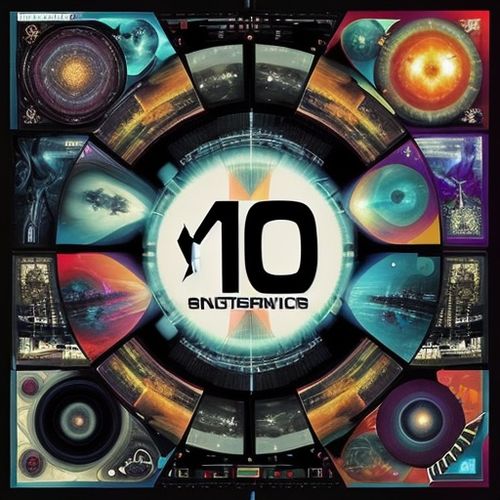
By Ryan Martin/Apr 14, 2025
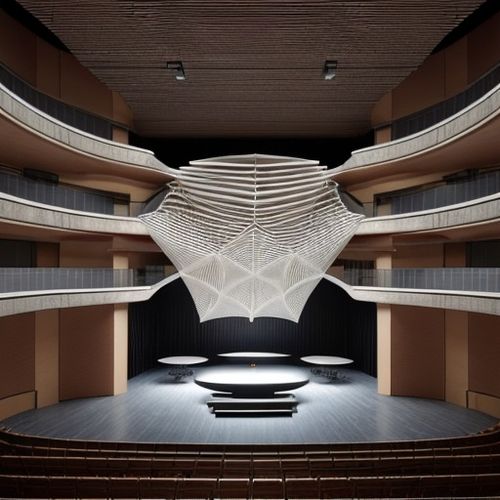
By John Smith/Apr 14, 2025

By Eric Ward/Apr 14, 2025

By Victoria Gonzalez/Apr 14, 2025

By Ryan Martin/Apr 14, 2025

By James Moore/Apr 14, 2025

By Megan Clark/Apr 14, 2025
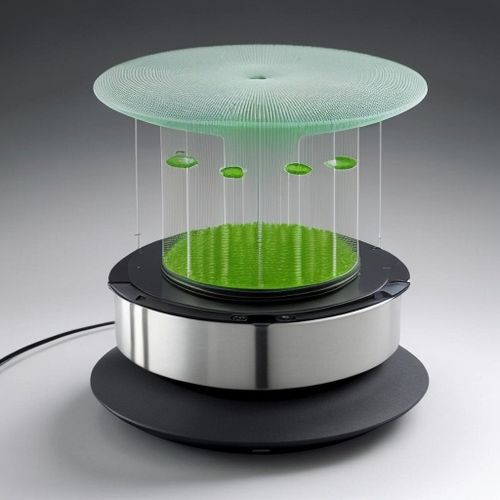
By John Smith/Apr 14, 2025
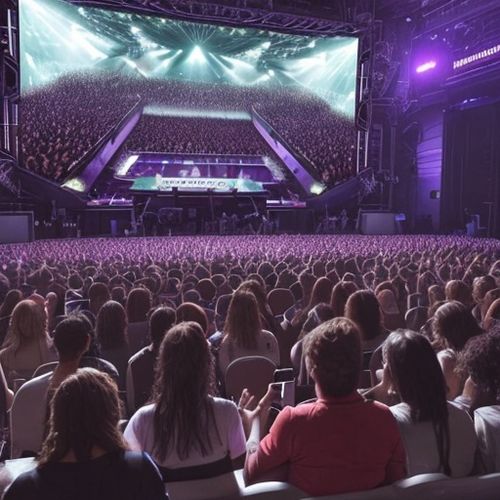
By Joshua Howard/Apr 14, 2025

By Laura Wilson/Apr 13, 2025
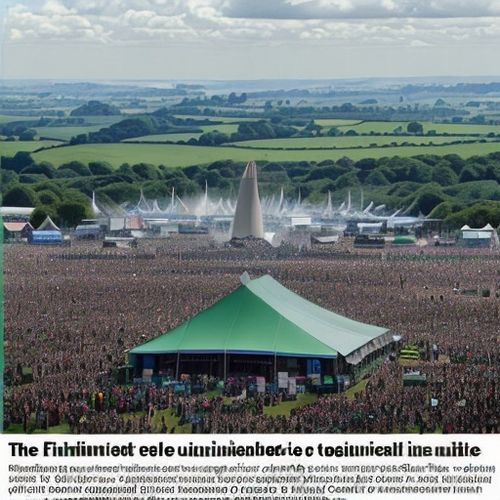
By Grace Cox/Apr 13, 2025

By Benjamin Evans/Apr 13, 2025

By George Bailey/Apr 13, 2025
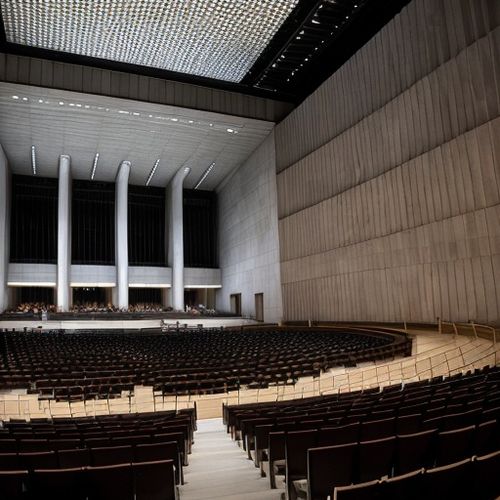
By David Anderson/Apr 13, 2025
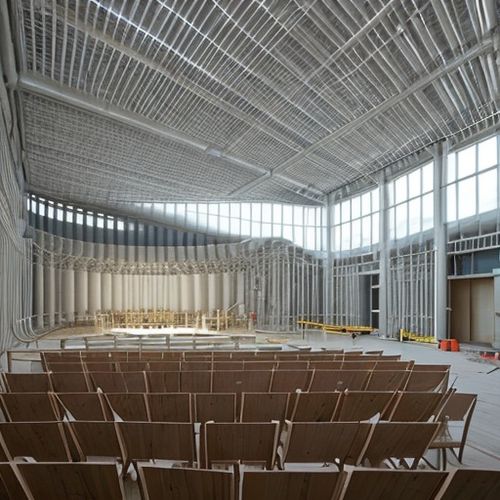
By Grace Cox/Apr 13, 2025
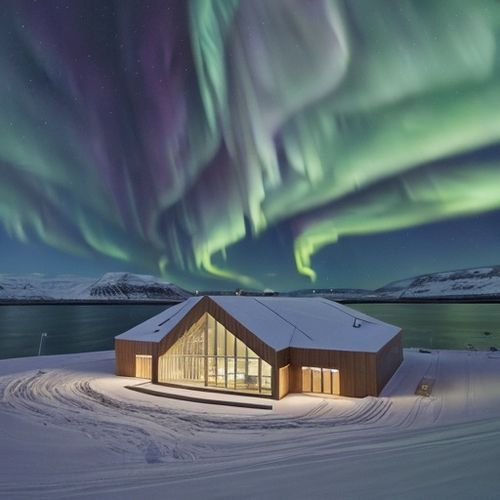
By William Miller/Apr 13, 2025

By Rebecca Stewart/Apr 13, 2025

By William Miller/Apr 13, 2025
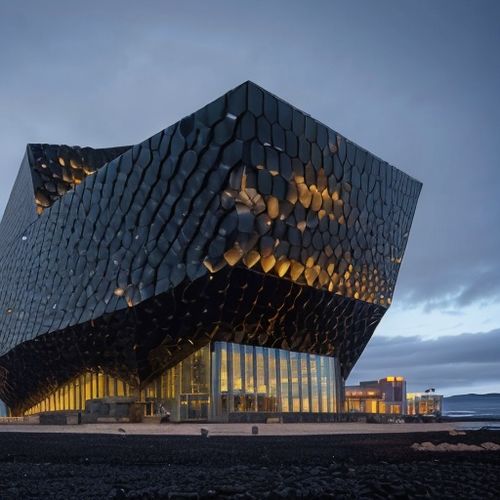
By Daniel Scott/Apr 13, 2025